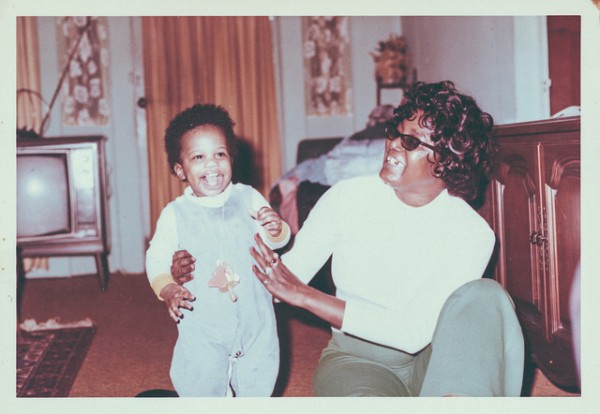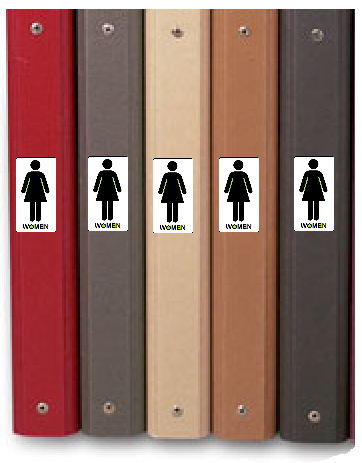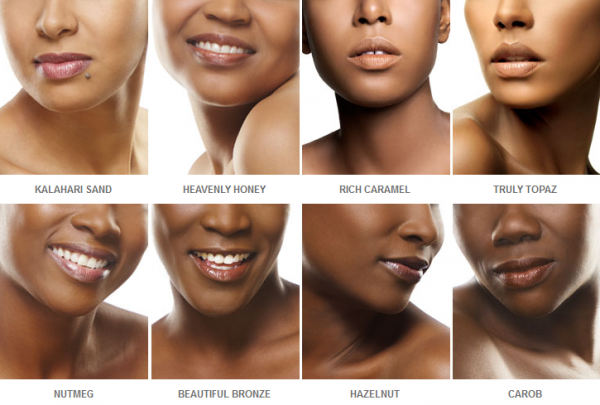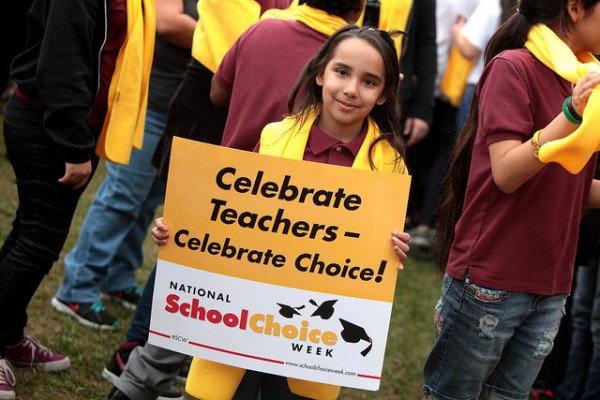
The concept of the “glass ceiling” has become increasingly popular in the American vernacular and a number of spin-off concepts have developed in its wake. The glass ceiling refers to the invisible barrier that keeps women from being promoted to top-tier positions in traditionally male-dominated careers. Similar concepts like the “bamboo ceiling” and the “stained-glass ceiling” have since been coined to describe the ways that women and minorities are kept from advancing in their careers. Now we can add the “class ceiling” to that list, which is developed in a new study by sociologists Daniel Laurison and Sam Friedman to capture the ways that class origins influence earnings in high-status occupations.
In their study using the most recent UK Labor Force Survey, Laurison and Friedman analyze the occupations of an individual’s parents (their proxy for class origin) and how that influences people’s earnings in high-status occupations like law, medicine, finance, and engineering. By comparing the earnings averages of individuals in these occupations against their class origin, the researchers explore the extent to which class origins predict future earnings.
Laurison and Friedman find strong evidence for a “class ceiling” effect in which individuals from working-class origins experience a substantial pay gap when compared to their co-workers who come from upper-class origins. They state, “Even when people who are from working-class backgrounds are successful in entering high-status occupations, they earn 17 percent less, on average, than individuals from privileged backgrounds” in that same occupation. That pay gap translates into up to $11,000 lower annual earnings for individuals from lower-class families. The researchers conclude that simply entering a high-status occupation does not itself signal successful social mobility when differences within occupations act as a barrier to the advancement of those from lower class origins.









